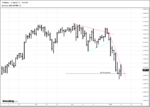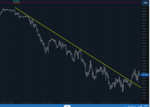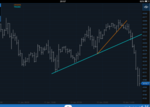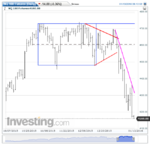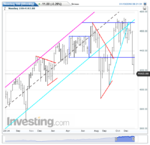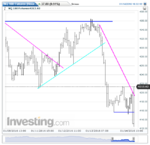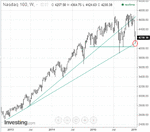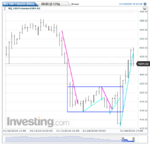Gring0
Well-known member
- Messages
- 264
- Likes
- 128
At db and Kleft’s suggestion, as an exercise I took real-time notes off the 1 minute chart Wednesday night and again Thursday morning, observing for about three hours in all. Attached are a chart and set of notes from each session. I wasn’t actually trading so the pressure was off in that sense. The only editing I did after-the-fact was for typos. The line colors are random. I welcome constructive criticism and/or enthusiastic praise, as warranted. Thanks.
manraygun,
What you are doing is encouraging. I would like to put in my 2 cents and hope that it helps you develop in the right direction. The first thing I would suggest is to at least put a number of the chart that corresponds with the comment or note you have written. Without the numbers it's a bit tedious to go through the chart and notes. For someone like me who has a full-time job this gets a bit too much.
This doesn't mean all I say is going to be valuable to you. I cannot fill Db's shoes while he's away, but all of us together may be able to at least help one another not go off track too much.
Good luck,
Gringo
Last edited:


